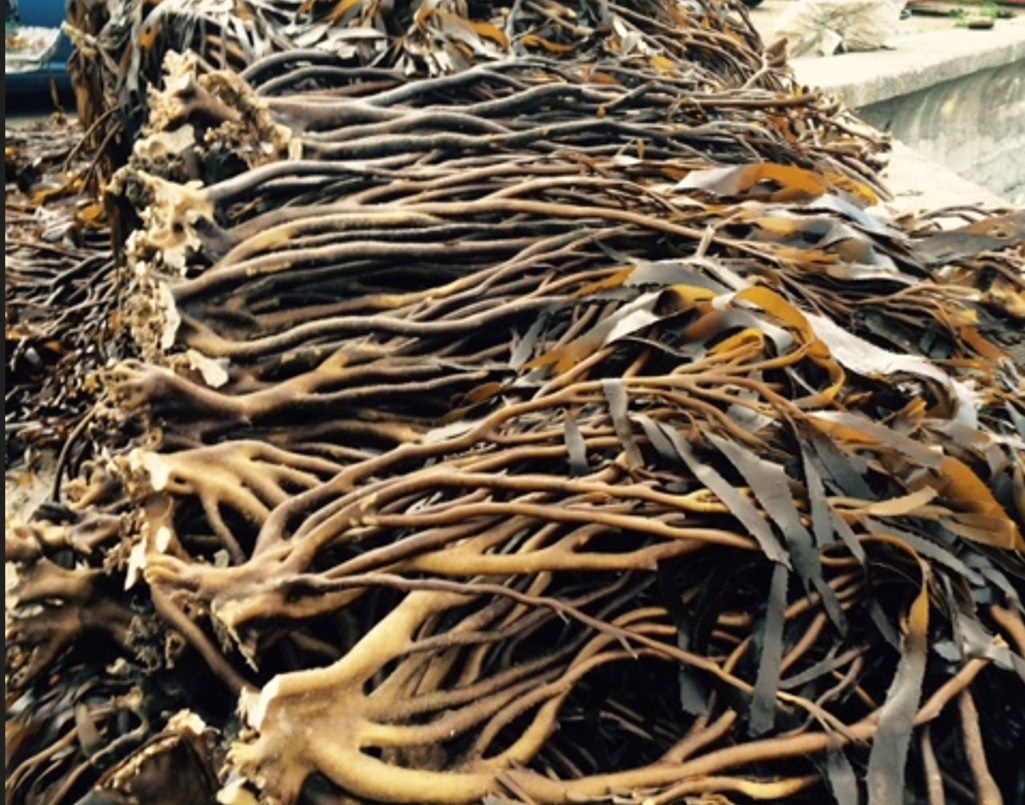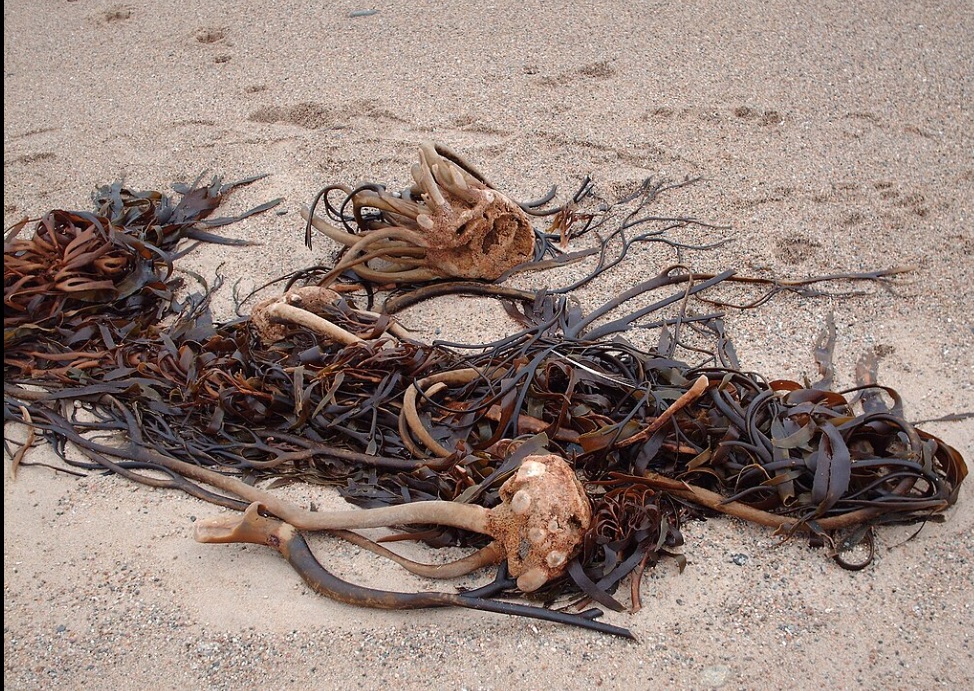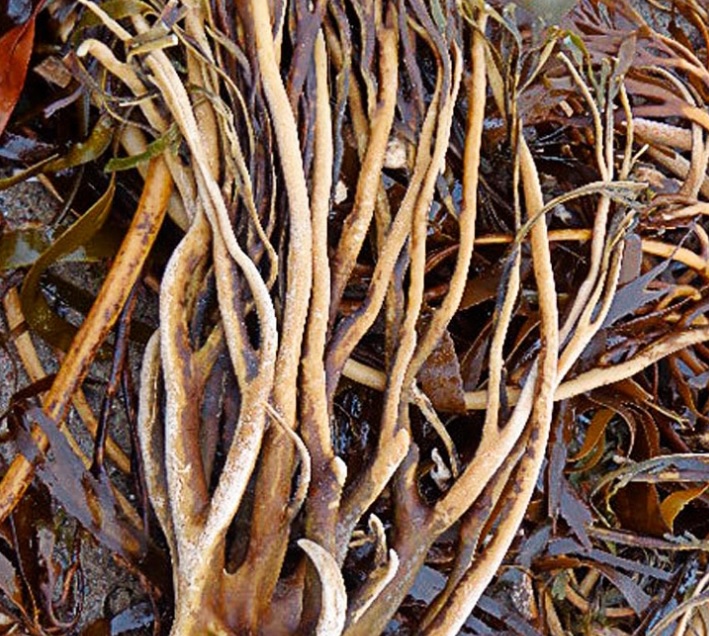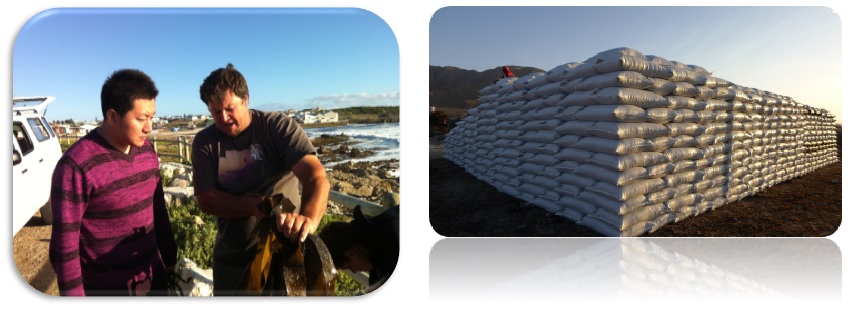Source of alginate

What kind of seaweed does alginate extract from?
A primary source of alginates is brown seaweed (algae), which includes various species such as Lessonia Nigrescens, Lessonia Trabeculata(Flavicans), Laminaria hyperborea, Laminaria Digitata, Laminaria japonica, Ascophyllum nodosum, Macrocystis pyrifera. It is found in the cell walls of brown seaweed which provides a flexible mechanical structure to protect seaweed from damage due to strong water movements. The abundance, composition and M/G ratio of alginate can vary not only by plant species and brown seaweed age but also by natural alginate source, plant location, geographical location, and season. These factors affect the functional properties of alginate, solubility, reaction with metal ions, viscosity, and gel-forming properties
Lessonia nigrescens
Common name:
Peru: Black Aracanto
Chile: Chascón, black huiro.
Distribution and Biology:
Occurs along the Pacific coast of South America, from Peru to the sub-Antarctic regions of Chile (Malvinas and Kerguelen Islands). It inhabits areas with strong waves. It has a dark olive green coloration and forms long stems that end in flat, flexible leaves. Adult plants can reach up to 6 m long. The alginate extracted from Lessonia nigrescens features high M (Mannuronic acid), low G (Guluronic acid).

Lessonia trabeculata
Nombre común:
Peru: Aracanto, palo, white palo
Chile: Huiro palo, huiro varilla
Distribution and Biology:
It is a species endemic to the Eastern Pacific coasts in the Southern Hemisphere, with a distribution range between 14° and 40° latitude. It inhabits rocky, exposed and semi-exposed subtidal environments. It forms discrete forests, in depths between 4 and 25 meters. Its bathymetric extent is variable, and depends on the pressure exerted by predators, wave exposure at the upper limit, the availability of stable substrate and the slope of the rocky bottom at the lower limit. This species, like M. pyrifera, is considered a keystone species in benthic ecosystems, where it plays an engineering and structuring role (JONES et al. 1994, 1997), allowing the coexistence of a large number of invertebrates, fish and plants. Its morphological structure includes a fixation disk, from which arise one to five stipes, each of which branches dichotomously and has at least two lamellae. These are flat, broad, smooth and lanceolate in shape with smooth and sometimes denticulate margins. Adult plants can grow to more than 2 meters in height. The alginate extracted from Lessonia nigrescens features low M (Mannuronic acid), high G (Guluronic acid).

In order to keep seaweed quality and sufficient brown seaweed for our alginate production, we set up purchasing company in Chile and Peru.

© Copyright - 2023 | Shandong Jiejing Group Corporation All Right Reserved.
